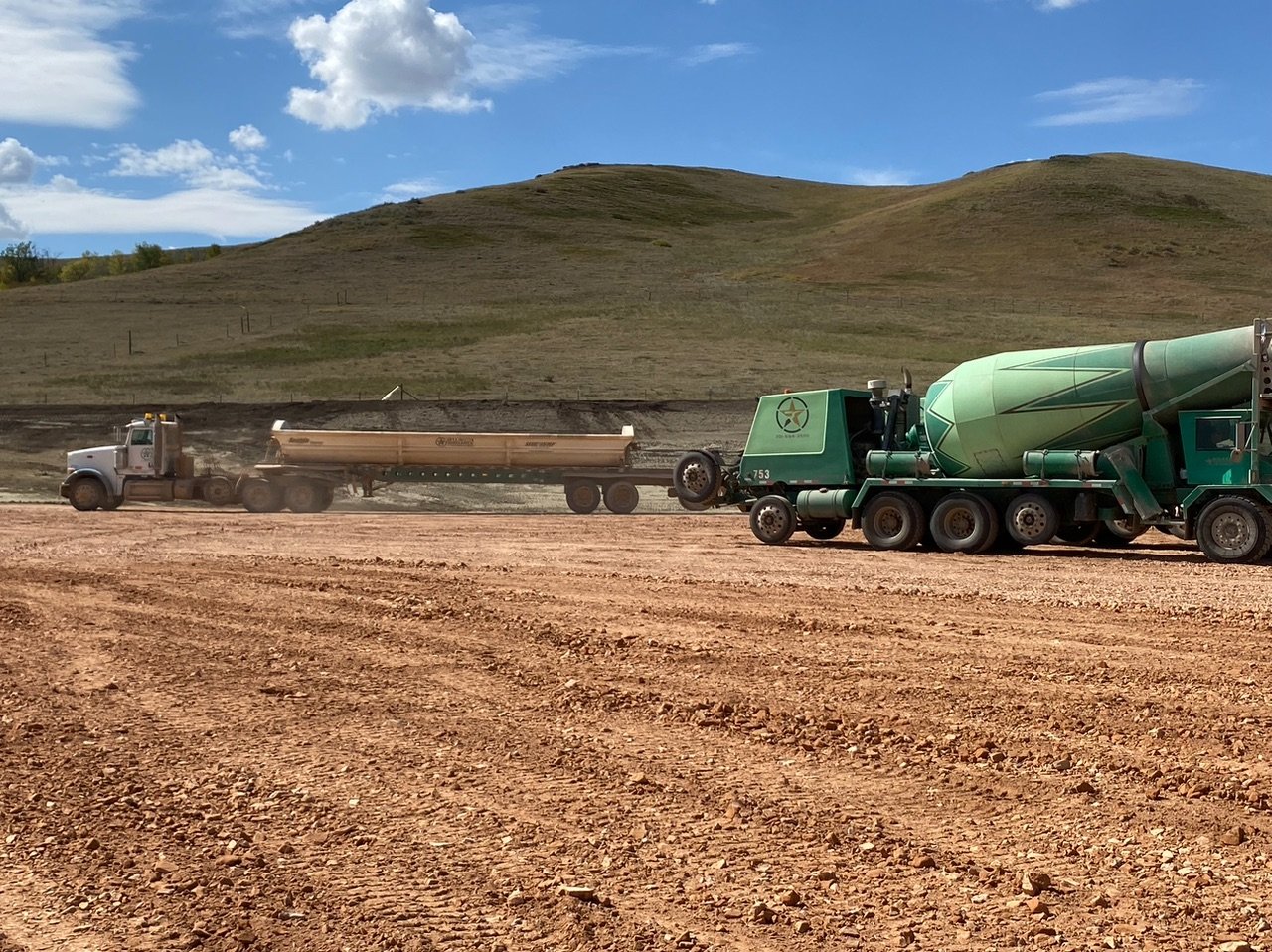What’s With the Wash Boarding on the Roads??
The Problem With North Dakota’s Road Gravel
I’m sure you’ve driven down the gravel roads in North Dakota with your teeth chattering, lunchbox sliding off your seat, and the phone falling down the seat-belt crack of doom. Why don’t the roads hold up like other parts of the county? Why can’t we just pave it?! Well, as a ready-mix supplier… sounds great! While concrete is the best long term answer it’s not the cheapest and can blow budgets up quickly. (Doesn’t help that we live in a cement powder “desert”) So for those country backroads, you’re left with road gravel. In the ND DOT world, typically it’s Class 5 & Class 13 aggregate we put on the gravel roads. ND, geographically, doesn’t make it very easy to make a great road base. We have a glacier till: river run rock, sand & bb pebbles. Sadly, we don’t have much rock to blast/dynamite. (Yes, that would be so fun…the pyrotechnic within in me wants out!)
What Causes Road Washboarding & How To Fix It
So, what you have is rock, sand, and pea gravel combined into a product to make a road gravel. Alone, sand and round rock roll around…and create the infamous wash boarding. No, not water boarding. But it may feel like it when driving over it.
What you need to overcome this is fractured faces and binder…”glue.” To get fractured faces, you would process gravel dug out of the ground through crusher and screen plant. Pretty straightforward. But, to get the mother of all gravels in ND, you need to add binder.
Binders can be cementious, clay, crusher dust, or lignite to name a few. Cement powder is complicated to add and expensive. Crusher dust is fine but sand offsets it. Lignite, small veins of coal, are found in some pits that can add a natural binder but is not common in our part of the state. So, we are left with clay… it’s abundant and easy to find. At RUACH, we make a “Class 13 Modified” at some of our locations that utilizes adding clay into the road gravel as we produce it. We can measure how much clay is in the gravel by the Plasticity Index (PI) testing. (Thank you, Mr. Albert Atterberg). The key is make sure there is not too much sand in the gravel because the sand will “eat” up the stickiness clay provides and neutralize it. Then you’re back to the hated wash boarding. At RUACH, we want you to succeed in what you are trying to achieve. By offering a “Class 13 Modified” in areas where we don’t have the pits with the natural binder, we can help save you money AND give you a product that works. After all, location is most important for gravel pits because the biggest cost of aggregate typically is the trucking.
Solving Gravel Road Problems
We invite you to check out our many locations and call to discuss your gravel (and ready-mix concrete) needs.

